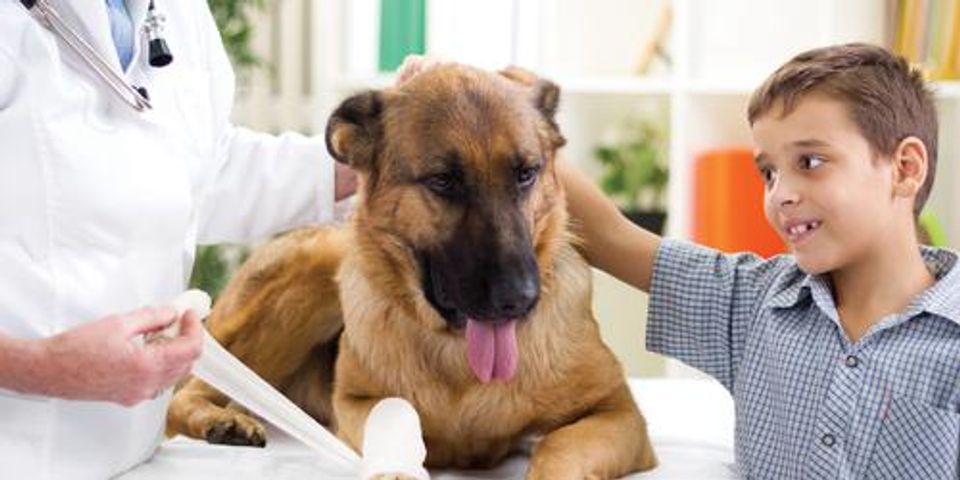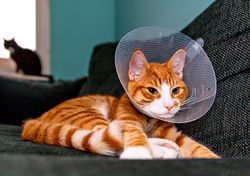
Adopting a pet is a tremendous responsibility. Much like caring for a child, the dog or cat you take into your home needs food, shelter, love, and routine checkups to remain healthy and strong. Feeding your pet an appropriate diet, taking them to the veterinarian once a year, and giving them plenty of playtime are all important ways to ensure their happiness and longevity. Unfortunately, even with the best preventative care, accidents and emergencies can still occur. Knowing how to identify and respond to a pet emergency is essential for keeping your four-legged companion safe.
How to Identify & Address a Pet Emergency
Signs of an Emergency
If your pet sustains a hard fall, is struck by a vehicle, or endures another form of trauma, you know they will need urgent care. However, there are other signs of distress you should look out for, as well. These include: overheating, panting, choking, shortness of breath, excessive vomiting or diarrhea, a purple or spotted tongue, irritation or swelling of the eyes and face, lethargy, and loss of consciousness.
First Aid
Depending on your pet’s ailment, you may be able to deliver some first aid before visiting the emergency vet. If they have suffered trauma to the head or one of their limbs, put pressure on the wound and elevate to minimize bleeding. Additionally, if they seem dehydrated or overheated, give them cold water and place cool towels on their body. If they are choking or have something lodged in their throat, try to remove it with your fingers, or perform a modified Heimlich by pressing lightly against their torso.
Transporting Your Pet
Getting your pet to the veterinary hospital during this time is a must; however, you need to do it safely. With a dog, approach them calmly and carry them to a makeshift stretcher. If they are aggressive or seem too distressed, enlist someone to help you to avoid being bitten. With a cat, gently place a towel over their head to minimize personal injuries, and slowly put them in a carrier. With either animal, take care with any injured limbs, and avoid exerting force on their head and neck.
 Recovery
Recovery
Following a pet emergency, your veterinarian may have a number of guidelines for you to follow. These may be simple instructions, such as limiting movement and feeding a special diet. However, your pet may also have to wear a cone to prevent them from licking wounds or cast to protect healing bones for a few weeks.
If you have a pet emergency and need help, contact Rolling Hills Veterinary Hospital. With two locations in Columbia, MO, this veterinary clinic provides both preventative and urgent care for animals. To learn more about their services, visit their website. Call (573) 449-3791 today for an appointment at their Keene Street clinic and (573) 449-7387 for their Buttonwood Drive clinic.
About the Business
Have a question? Ask the experts!
Send your question

